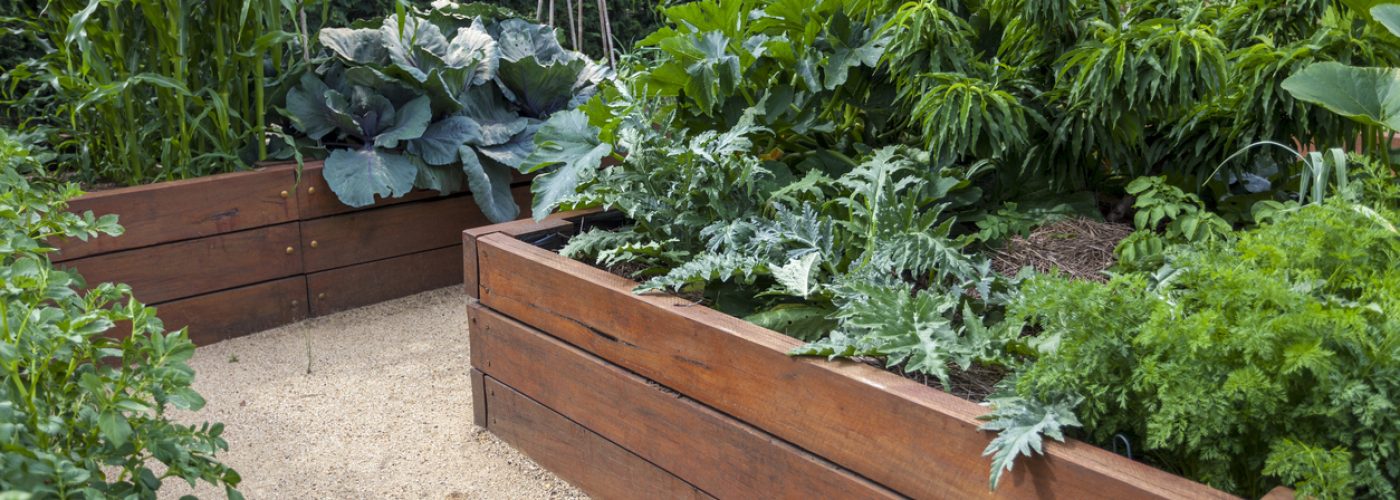Rex Nye, who works at the independent builders’ merchant D.W.Nye, has decided to offer a few tips for creating beautiful borders and eye-catching edging in your garden. A complete garden makeover is essential for the summer months and borders and edging are great ways to add definition and style to any outdoor space.
The first step towards achieving your dream garden is planning and deciding where to position the new borders. Take into consideration the amount of sun and shade available throughout the day as this factor impacts plant growth. Borders in a seated position should be no more than 70cms high and 50cms deep, while the materials used can vary from bricks, reclaimed stone and concrete slabs to timber posts and railway sleepers. Once decided, mark the chosen area with a line of spray paint to guide you when creating the border edge.
Once the border is ready, start digging out the ground in the bedding area, clearing all clumps and stones! If you are using concrete slabs, stones or bricks to build a raised bed, dig a foundation trench along your border line up to 15cms deep – this will help to add strength and stability. If you are creating a non-timber wall, the foundation should sit on concrete (except where there are vertical posts being installed). Wooden walls won’t require a concrete foundation, but you will need to place stakes at regular intervals, with 50% of them buried below the ground. The most durable material is pressure-treated timber, which will ensure your wooden wall stays looking smart for years to come.
Before starting to build the borders, make sure that if you’re working with horizontal timber board the stakes are fixed in each corner at 100cm gaps to support the panels. Place your first panel into position against the stakes – one third should sit below the ground. Use non-corrosive nails to fix the timber to the posts and check with a spirit level along the entire length to ensure it’s not sloping. Railway sleepers should be fixed to stakes with long bolts and they also require interlocking dowels to keep them seamlessly sitting on top of each other.
Once the sides have been constructed it is advisable to line the inside with a polythene sheet to protect the material from the damp soil. Follow it with a layer of stones or hardcore inside the raised bed, up to 8cms in depth. This will aid drainage and help plants to flourish. Cover with a permeable membrane and replace any topsoil that was previously removed, adding fertiliser and compost to improve soil quality.
Lastly, make sure you leave the soil to settle and enrich for up to two weeks before planting. The soil in your beds will lose moisture more quickly which means the ground will dry out if you forget to water it. Start by planting hardy annuals at first and take time to monitor the soil condition so you can select the right foliage.





